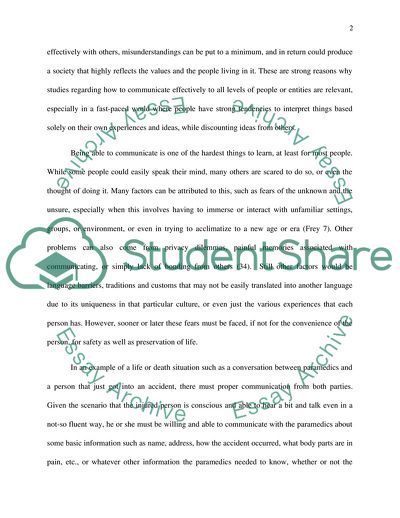Cite this document
(Practical Applications of an Introductory Course in Communication Term Paper, n.d.)
Practical Applications of an Introductory Course in Communication Term Paper. https://studentshare.org/social-science/1790707-introduction-to-communication
Practical Applications of an Introductory Course in Communication Term Paper. https://studentshare.org/social-science/1790707-introduction-to-communication
(Practical Applications of an Introductory Course in Communication Term Paper)
Practical Applications of an Introductory Course in Communication Term Paper. https://studentshare.org/social-science/1790707-introduction-to-communication.
Practical Applications of an Introductory Course in Communication Term Paper. https://studentshare.org/social-science/1790707-introduction-to-communication.
“Practical Applications of an Introductory Course in Communication Term Paper”. https://studentshare.org/social-science/1790707-introduction-to-communication.


